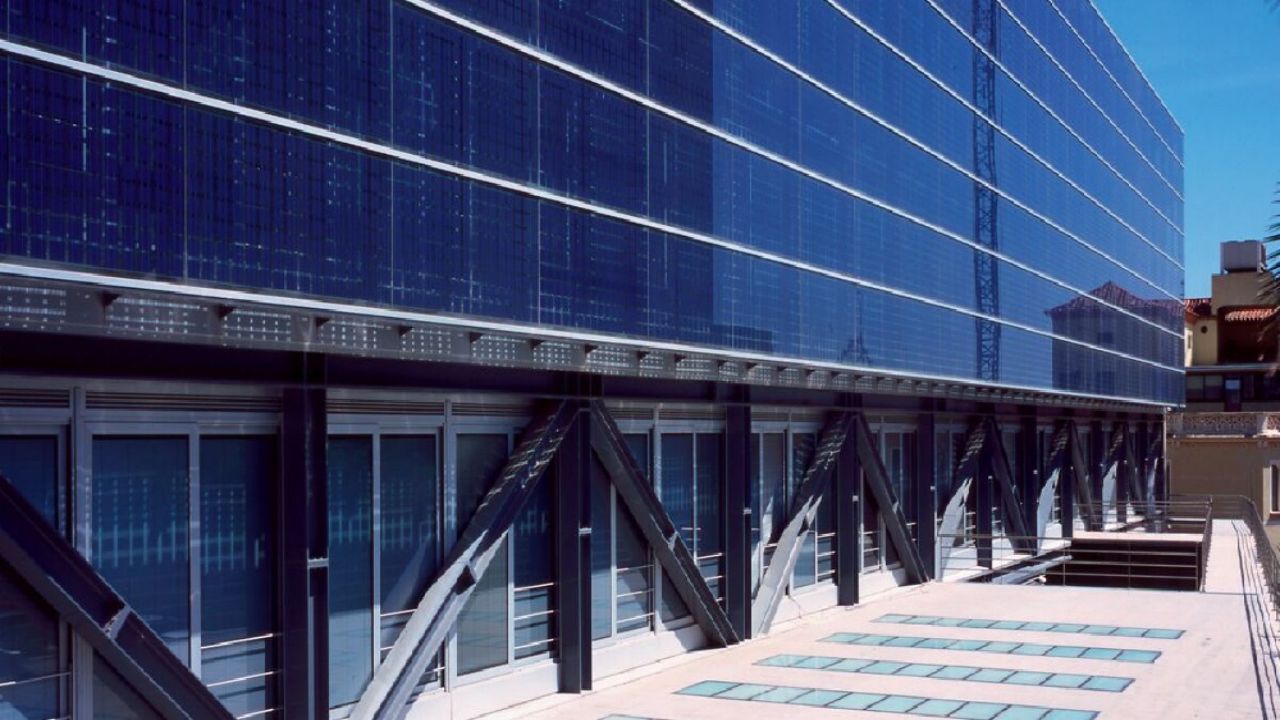Smart windows, also known as switchable windows or dynamic glazing, have gained significant attention in recent years due to their potential to enhance energy efficiency in buildings. These innovative windows have the ability to adjust their transparency or reflectivity to control the amount of heat, light, and glare entering a space. Integrating photovoltaic (PV) technology into smart windows takes their energy efficiency capabilities to a whole new level. By harnessing solar energy and converting it into electricity, these integrated PV smart windows not only regulate the indoor environment but also generate clean and sustainable power. This article explores the concept of smart windows, delves into the integration of PV technology, highlights the advantages and challenges associated with this combination, and examines the current developments and future prospects of smart windows with integrated pv systems.
The Need for Energy Efficiency in Buildings
Buildings consume a significant amount of energy, and it’s no secret that this consumption is costing us both financially and environmentally. With the increasing demand for electricity, we need to find ways to curb our energy usage and make our buildings more efficient. It’s time to stop treating our buildings like energy-guzzling monsters and start optimizing their energy performance.
Environmental Impact of Energy Inefficient Buildings
Energy inefficient buildings aren’t just draining our wallets; they’re also wreaking havoc on the environment. Excessive energy consumption leads to increased greenhouse gas emissions, which contribute to climate change. By improving the energy efficiency of buildings, we can reduce our carbon footprint and work towards a more sustainable future. Plus, who doesn’t want to live in a greener and cleaner world?
Impact of Smart Windows on Energy Efficiency
Here’s where the magic happens: smart windows can significantly improve energy efficiency in buildings. By reducing the amount of heat and glare entering a space, they lessen the reliance on air conditioning and artificial lighting. This results in lower energy consumption and reduced utility bills. Imagine being able to enjoy natural light without feeling like you’re roasting in an oven. Smart windows make that possible!
Integration of Photovoltaic Technology in Smart Windows
Remember our superhero PV technology? Well, it’s time to team up with smart windows! PV cells can be integrated seamlessly into the glass of smart windows, allowing them to generate electricity while maintaining their functionality. These integrated PV cells are designed to be transparent, so you won’t even notice them. It’s like having solar panels without compromising the aesthetics of your windows.
Solar Energy Conversion and Power Generation in Smart Windows
When sunlight hits the integrated PV cells, it’s like a lightbulb moment – they convert the solar energy into electricity. This generated electricity can be used to power various devices in the building or stored in batteries for later use. So, not only do you get the benefits of smart windows, but you also get a bonus power supply. It’s like having a window that pays your electricity bill!
Advantages and Benefits of Smart Windows with Integrated PV Technology
When it comes to energy efficiency, smart windows with integrated PV technology are game-changers. These windows not only let natural light in but also convert it into usable electricity. By harnessing solar energy, they reduce the need for artificial lighting and decrease dependence on traditional energy sources. This energy-saving aspect translates to reduced energy costs, making them an economical choice for both residential and commercial buildings.
Improved Indoor Comfort and Natural Lighting
One of the notable advantages of smart windows with integrated PV technology is their ability to create a comfortable indoor environment. These windows can automatically adjust their tint levels to regulate the amount of heat and glare entering a space. This helps maintain optimal temperature levels and reduces the need for excessive air conditioning or heating. Additionally, the integration of PV technology does not compromise the amount of natural light entering a building, ensuring a well-lit and pleasant atmosphere.
Conclusion
Smart windows, also known as switchable windows or dynamic glazing, are gaining attention for their potential to improve energy efficiency in buildings. These windows can adjust their transparency or reflectivity to control the amount of heat, light, and glare entering a space. By integrating photovoltaic (PV) technology into smart windows, they can generate electricity from solar energy, further enhancing energy efficiency.
This article explores the concept of smart windows, discusses the advantages and challenges of integrating PV technology, and examines the current developments and future prospects of smart windows with integrated PV technology. Energy inefficient buildings not only cost money but also harm the environment by increasing greenhouse gas emissions. Smart windows can significantly improve energy efficiency by reducing heat and glare, thereby reducing reliance on air conditioning and artificial lighting. These windows can generate electricity by seamlessly integrating transparent PV cells into the glass, providing the benefits of solar panels without compromising aesthetics.











